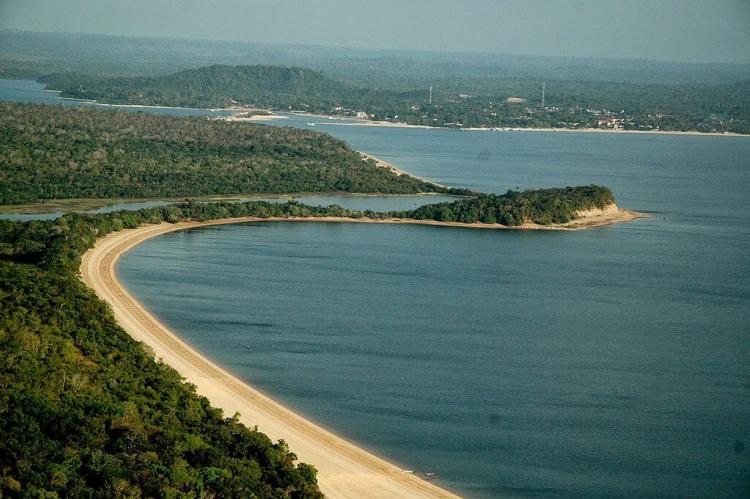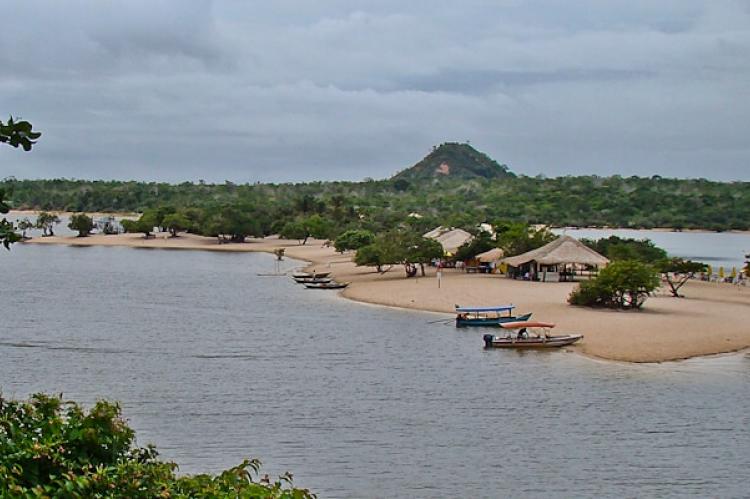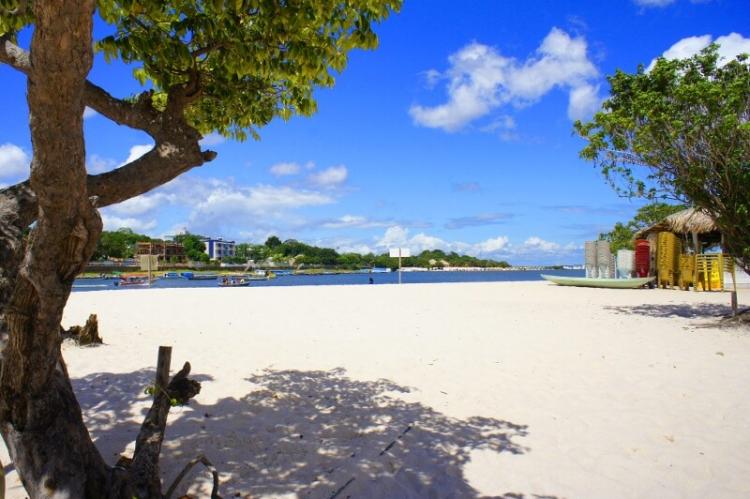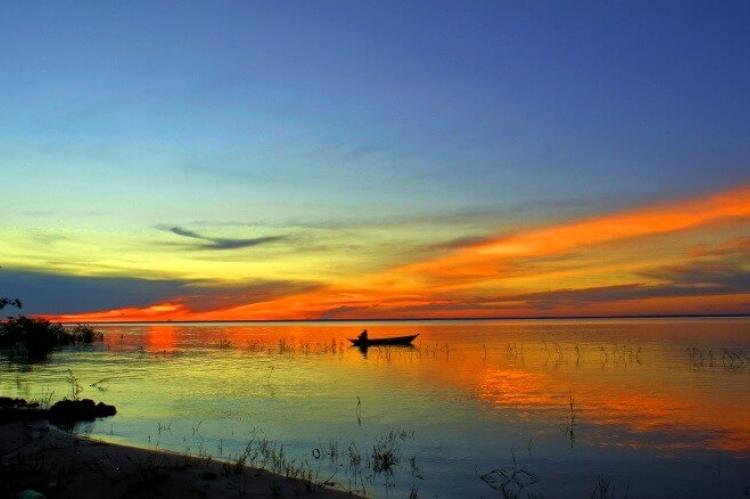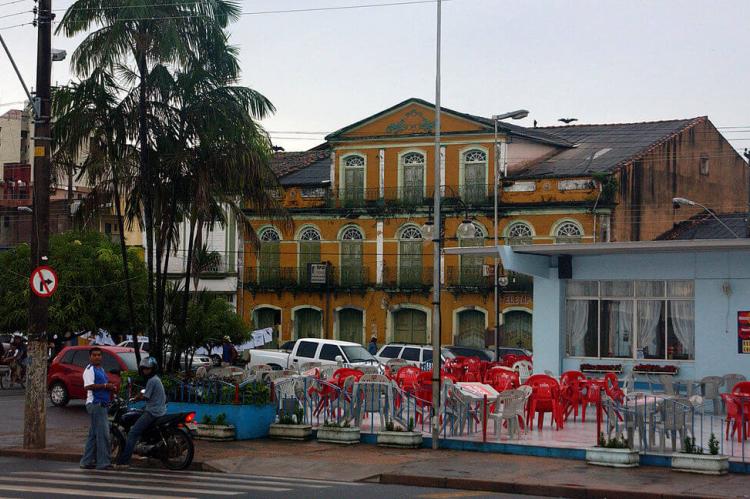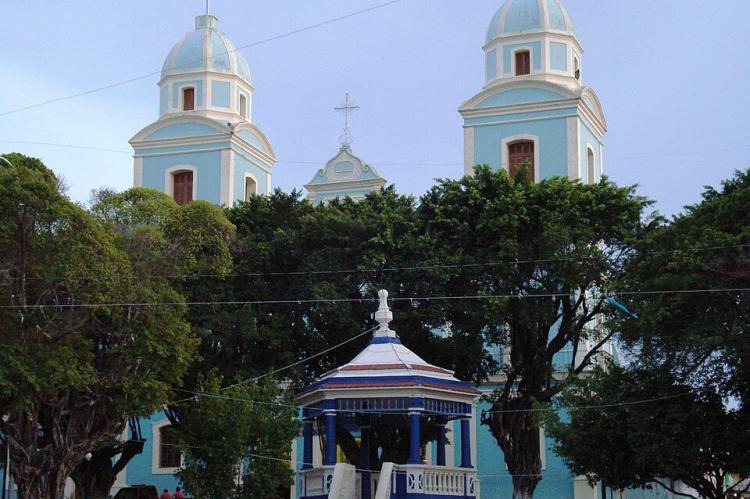Exploring the Enchantment of Alter do Chão: A Gateway to the Amazon
Nestled along the pristine shores of the Tapajós River, Alter do Chão emerges as a hidden gem within the heart of the Brazilian Amazon. This district, a part of the vibrant city of Santarém in Pará state, beckons travelers with its tranquil beaches, rich cultural heritage, and untouched natural beauty.
Exploring the Enchantment of Alter do Chão: A Gateway to the Amazon
Nestled along the pristine shores of the Tapajós River, Alter do Chão emerges as a hidden gem within the heart of the Brazilian Amazon. This district, a part of the vibrant city of Santarém in Pará state, beckons travelers with its tranquil beaches, rich cultural heritage, and untouched natural beauty.
A Paradise on the Tapajós
Alter do Chão's allure lies in its unparalleled natural beauty, earning it the moniker "Brazilian Caribbean." Situated just 37 kilometers from Santarém's city center, this idyllic retreat boasts some of Brazil's most breathtaking freshwater beaches. With their powdery white sands and crystal-clear waters, these beaches provide the perfect setting for strolls, sunbathing, and water activities.
Moreover, the beaches of Alter do Chão offer more than just a picturesque backdrop; they serve as a sanctuary for weary souls seeking solace in nature's embrace. Whether lounging under the shade of swaying palm trees, taking a refreshing dip in the cool, clear waters of the river, or simply basking in the golden rays of sunlight, visitors are invited to indulge in moments of tranquility and awe.
However, Alter do Chão isn't just about sun and sand; it's a place to unwind and embrace the laid-back lifestyle. Visitors can immerse themselves in the local rhythm, enjoying the slow pace of life and the warm hospitality of the residents. While weekends may attract tourists, Alter do Chão's isolation ensures a sense of tranquility and seclusion that's rare in popular tourist destinations.
A Journey Through History
The story of Alter do Chão is woven into the fabric of the Amazon's past, tracing its origins back to indigenous communities and Jesuit missions. For centuries, the village was home to the Borari people, who thrived along the banks of the Tapajós River. The arrival of Jesuit missionaries in the 17th and 18th centuries brought about cultural exchanges and the establishment of religious missions, shaping the community's identity.
In the 20th century, Alter do Chão played a crucial role in the region's economy as a transportation hub for rubber extracted from nearby plantations. However, the decline of the rubber industry in the 1950s led to economic hardships, prompting a shift towards tourism in the following decades. Today, the district's economy revolves around its natural beauty and cultural heritage, offering sustainable opportunities for growth and development.
Cultural Vibrancy and Festive Traditions
One of the highlights of Alter do Chão's cultural calendar is the Sairé festival, a vibrant celebration of folklore and tradition held annually in September. This colorful event brings together locals and visitors, featuring music, dance, and rituals that pay homage to the region's indigenous roots. From lively parades to traditional performances, Sairé offers a glimpse into the soul of Alter do Chão and its rich cultural tapestry.
Santarém: A Gateway to the Amazon
While Alter do Chão may exude an air of remote tranquility, it is part of the larger city of Santarém, a bustling hub on the banks of the Tapajós River. Santarém's strategic location between the Amazon and Tapajós rivers has made it a vital center for trade and commerce. With its natural beaches and lush landscapes, Santarém attracts visitors seeking adventure and exploration, serving as a gateway to the wonders of the Amazon rainforest.
Moreover, Santarém boasts a rich history and cultural heritage, evident in its colonial architecture, vibrant markets, and lively festivals. Visitors can explore the city's historic landmarks, such as the Fort of Santarém and the Cathedral of Our Lady of Conception, or immerse themselves in the bustling atmosphere of the Central Market, where local artisans showcase their wares.
Conclusion
In conclusion, Alter do Chão is a testament to the Brazilian Amazon's timeless beauty and cultural richness. Its pristine beaches, vibrant traditions, and storied past offer a glimpse into a world untouched by time. Whether lounging on the shores of the Tapajós River or immersing oneself in the local festivities, visitors to Alter do Chão are sure to discover a slice of paradise hidden within the heart of Brazil's wilderness, all while using Santarém as a bustling entry point into the region's wonders.
